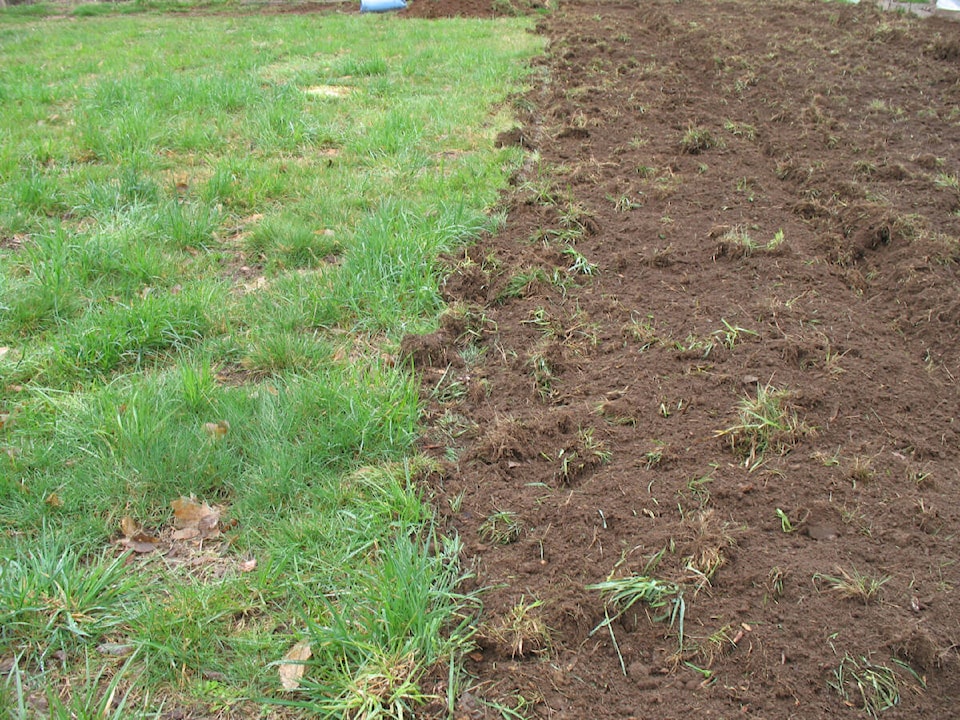By Mary Lowther
I hate moving. One has to say goodbye not only to friends, but because we can only pack so much we must also learn to part with valued possessions. But the worst is leaving the garden, carefully nurtured with so much love and labour. After the first half dozen moves, even the most enthusiastic agriculturist must despair but my stubborn streak got me starting more gardens than I care to remember, and by far the easiest method was “lasagna gardening,” as described by gardener Patricia Lanza.
I figured out where the bed went, hammered stakes in the four corners and twined string around them. Then I laid two layers of newspaper on the bed, soaked that down and poked holes all over with a spading fork. These holes allowed roots to easily penetrate the rotting grass layer below. I laid soil, coir (coconut fibre), leaves and compost over this, and augmented it with organic fertilizer at the rate of four litres per hundred square feet.
I watered the soil and planted right away. By the time the plant roots reached the newspaper, the grass below had rotted and my crops thrived. Soil life under the newspaper was undisturbed and the only difficulty was obtaining more soil for the top.
Another method which doesn’t use extra soil (but requires more work) involves digging out chunks of sod where the bed will be, turning them upside down so the grass will rot on the bottom, then chopping up the chunks with a hoe. This disturbs soil life somewhat, but not nearly as much as rototilling would. I’ve noticed far fewer weeds cropping up later when I’ve hand dug the soil instead of rototilling.
In the large garden we now have, however, four years of substantial cover crop has produced a daunting thatch of growth. Last summer I spread tarps over a significant area to see if the plants underneath will die off through solarization when the sun heats the vegetation under the tarp, killing it off and leaving softer soil to plant in.
David, however, has rototilled another section destined for strawberry beds. He will be laying half-inch galvanized mesh down the length of each bed and will build a raised two by eight wooden barrier that he plans to fill with soil from the paths between the beds. Once I transplant the strawberries and snake two soaker hoses down the length of the bed, we’ll reinstall the bird-deterrent cages he built two years ago. Hopefully the wire mesh under the bed will deter whatever dug its way under last year and ate every last strawberry once it figured out how to dig under the cages.
David insists he saw a small bird squirming through a burrow, but I have to see that to believe it. Are strawberries so delicious that wrens would bother domesticating moles? The law of natural selection might cover the possibility, but it would be more likely to find a sparrow operating a very tiny backhoe.
Addendum: four of the potatoes I planted a few weeks ago have been pulled out and left on the path. David suspects crows. I’ll plant them more deeply next year.
Please contact mary_lowther@yahoo.ca with questions and suggestions since I need all the help I can get.
